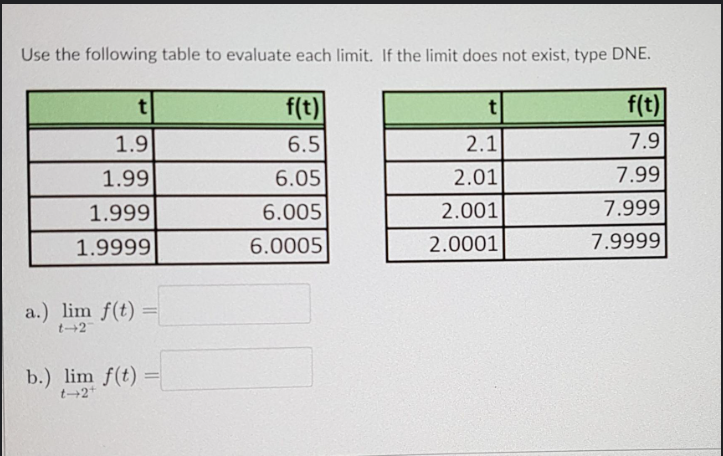In the world of numbers, certain combinations 6.05 1.99 stand out not only for their mathematical significance but for the way they can influence markets and pricing strategies. One such enigmatic pair of numbers is 6.05 and 1.99. These figures may seem random at first glance, but they hold a hidden meaning that can reveal a lot about consumer psychology, market strategies, and price structuring. Understanding what “6.05 1.99” means, especially in terms of marketing and pricing, can provide valuable insight into how businesses position themselves to attract consumers.
Understanding the Importance of 6.05 1.99 in Pricing
Pricing is an art as much as it is a science. Businesses often use price points strategically to make products and services appear more appealing to consumers. The combination of “6.05 1.99” likely represents two commonly used pricing strategies. In particular, the number 1.99 is a psychological price point. Consumers often perceive prices just below a whole number as significantly lower than rounded numbers. This phenomenon, called “charm pricing,” makes 1.99 feel cheaper than 2.00, even though the difference is just one cent.
On the other hand, the number 6.05 may not be as immediately recognizable, but it likely represents a specific product price or a marginal difference in pricing models. Prices that hover slightly above whole numbers, like 6.05 instead of 6.00, can also carry specific implications, signaling to consumers that a product is worth just a bit more due to added features or higher quality. When used together, 6.05 and 1.99 can reflect two sides of pricing that balance subtle psychological influence with actual value differentiation.
Charm Pricing: The Power Behind 1.99
The effectiveness of “charm pricing,” as exemplified by 1.99, cannot be overstated. Researchers have found that prices ending in 9, especially those just under a whole number (like 1.99, 9.99, or 19.99), drive higher sales. Why is this? It turns out that our brains process numbers from left to right. So when consumers see 1.99, they process the “1” first, leading them to feel that they are paying “one-something” rather than two dollars, even though the difference is just a penny.
In practical terms, retailers and marketers have long known that pricing something at $1.99 can boost sales more effectively than pricing it at $2.00. This practice dates back decades and is still widely used today. Consumers, whether consciously or unconsciously, feel they are getting a bargain, and that small cent difference plays a big role in purchase decisions.
How 6.05 Reflects Value Beyond Charm Pricing
If 1.99 relies on consumer psychology to increase sales, what does the number 6.05 represent? While it may not hold the same universal appeal as prices ending in .99, numbers like 6.05 offer their own subtle cues to consumers. A price point of 6.05 suggests precision—it implies that the product has been priced with great care, taking into account costs, features, and competition. It can indicate that a business is confident about its pricing and that the product is priced at a fair market value, rather than being arbitrarily rounded.
Additionally, this pricing approach can convey transparency. Consumers may trust that they are paying for exactly what the product is worth rather than being influenced by psychological pricing tactics alone. Moreover, numbers like 6.05 can be particularly effective in certain industries, such as technology, where consumers may expect higher levels of detail and precision in product offerings and pricing.
The Impact of 6.05 and 1.99 on Consumer Decision-Making
The combination of 6.05 and 1.99 offers a unique case study in how consumers react to different types of price points. Charm pricing appeals to emotions and quick decision-making, often triggering an immediate response from consumers who are drawn to the perceived discount. In contrast, prices like 6.05, which are just above a rounded number, may appeal to a more analytical buyer, one who values transparency and the belief that they are paying exactly what the product is worth.
This duality in pricing strategy showcases how businesses can target different segments of their customer base. By offering some products at 1.99, they cater to the impulsive buyer, while higher, more precise numbers like 6.05 may attract the discerning consumer who seeks value beyond just the price tag.
The Role of 6.05 and 1.99 in Market Trends
Over time, pricing trends evolve to reflect shifts in consumer behavior, economic factors, and competitive landscapes. The figures 6.05 and 1.99 could also be indicators of broader market trends. For instance, the prevalence of charm pricing (like 1.99) is often seen during economic downturns when consumers are more price-sensitive. During such times, retailers use these pricing strategies to make their products seem more affordable.
On the other hand, numbers like 6.05 may emerge during periods of economic stability or growth, where consumers are more willing to pay slightly more for perceived value. In such cases, businesses may avoid using overly discounted or psychologically appealing prices in favor of more balanced pricing models that reflect the true cost and value of the product.
When to Use 6.05 vs. 1.99 in Pricing Strategy
Deciding when to use prices like 6.05 versus 1.99 comes down to the type of business and the target market. For instance, luxury brands or companies that position their products as premium may avoid using charm pricing like 1.99 because it could cheapen their brand image. Instead, they might opt for precise pricing models, such as 6.05, to emphasize the quality and exclusivity of their offerings.
In contrast, businesses that cater to budget-conscious consumers or those that rely on high-volume sales might find that 1.99 is the perfect price point for driving quick purchases. By using charm pricing, these businesses can maximize their reach and appeal to a broad audience who are looking for value and affordability.
The Psychology of Odd Pricing and Its Long-Lasting Impact
Pricing strategies like 6.05 and 1.99 have a lasting impact on how consumers perceive not only the product but also the brand itself. Odd pricing, particularly those that involve prices ending in .99 or other seemingly arbitrary numbers, creates the impression of a deal. This strategy works on both the conscious and subconscious levels, encouraging consumers to make purchases quickly, without overthinking the value proposition.
However, businesses need to strike a balance. Relying too heavily on psychological pricing tactics can sometimes backfire, leading consumers to question the true quality or value of the product. That’s where combining strategies, such as alternating between prices like 1.99 for lower-tier products and 6.05 for higher-tier ones, becomes effective.
Why 6.05 and 1.99 Matter for Business Success
Ultimately, understanding the difference between pricing strategies that use numbers like 6.05 and 1.99 is crucial for any business looking to optimize its pricing models. These numbers are more than just digits on a price tag—they are strategic tools that shape how consumers view the value of a product and, by extension, the brand itself.
For businesses, it’s essential to recognize that even small price differences can have a large impact on sales and customer satisfaction. By choosing the right pricing model—whether it’s the rounded precision of 6.05 or the psychological allure of 1.99—companies can better position themselves in the marketplace and increase their overall competitiveness.
Frequently Asked Questions
What is the significance of charm pricing?
Charm pricing, such as 1.99, is a strategy that appeals to consumer psychology by making prices seem lower than they are, even by just a cent.
How does 6.05 differ from traditional pricing?
6.05 represents a more precise pricing strategy, often used to signal value, transparency, or careful calculation of product worth, as opposed to rounded or charm prices.
Why do businesses use prices like 1.99?
Businesses use prices like 1.99 because consumers often perceive these prices as significantly lower than whole numbers, even though the difference is small.
Is 6.05 more effective in certain industries?
Yes, prices like 6.05 are often used in industries where precision and transparency are valued, such as technology or premium products.
Can charm pricing work for all types of products?
While charm pricing is effective for many products, it may not work as well for luxury or premium brands, where consumers expect prices to reflect higher quality and value.
How do economic factors influence pricing like 6.05 and 1.99?
During economic downturns, businesses might use charm pricing like 1.99 to appeal to cost-conscious consumers, while in stable times, more precise pricing like 6.05 might reflect the product’s actual value.










